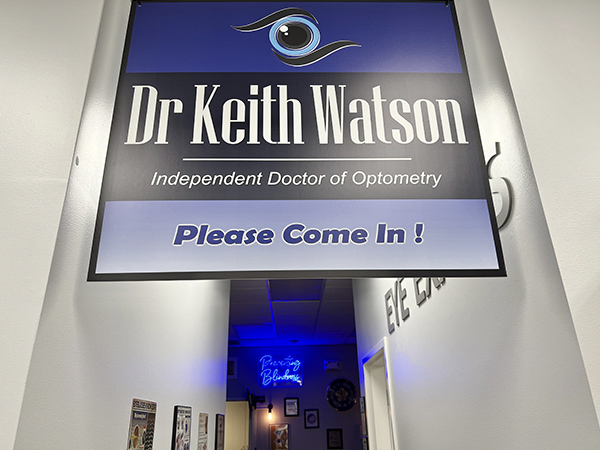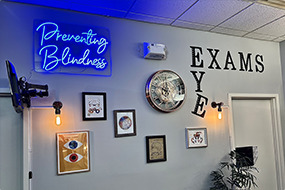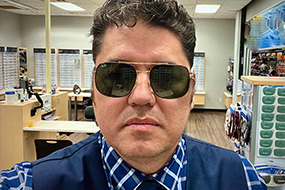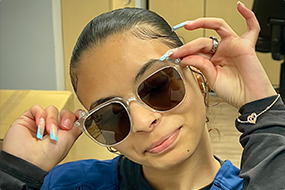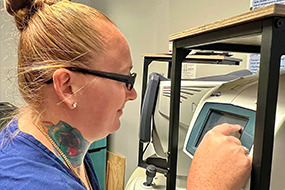
Cataracts are a natural part of the aging process and often develop gradually in both eyes. However, it's not uncommon for one eye to show signs of cataracts earlier or progress more rapidly than the other. This uneven development can be confusing or even concerning for patients, but there are several reasons it can occur.
What Are Cataracts?
Cataracts occur when the natural lens of the eye becomes cloudy, leading to blurred or hazy vision. The lens, which sits behind the iris, is responsible for focusing light onto the retina to produce clear images. Over time, proteins in the lens can clump together, forming cloudy areas that interfere with vision. This process typically happens gradually and is most often associated with aging, though it can also be influenced by other factors like UV exposure, certain medications, eye injuries, or medical conditions such as diabetes.
While they often develop in both eyes, many people are surprised to learn that cataracts can appear earlier or progress more rapidly in one eye than the other. But why does this happen?
Past Eye Injuries or Surgeries
A history of trauma, inflammation, or surgery in one eye can trigger early cataract formation. The eye’s natural lens may become cloudy as a response to damage or changes in its structure following an injury.
Common Examples:
- Blunt force trauma from sports
- Previous retinal surgery or eye procedures
- Inflammatory conditions like uveitis
Medical Conditions Affecting One Eye More Than the Other
While some systemic health conditions like diabetes can raise your overall risk of cataracts, certain eye-specific diseases or differences in eye pressure (like in glaucoma) might affect one eye more than the other, contributing to earlier lens changes. For example, if glaucoma is more advanced in one eye, the associated changes in intraocular pressure and treatment side effects could accelerate cataract development in that eye.
Genetic and Environmental Variability
Even with similar care and protection, genetics and subtle environmental differences may cause one lens to deteriorate faster than the other. Every eye responds differently to aging and oxidative stress, and some variability is simply part of individual biology.
When to See an Eye Doctor
If you're noticing cloudy or blurry vision, glare at night, or changes in how you see out of one eye, it’s important to get a comprehensive eye exam. Even if you’ve been told you have cataracts in both eyes, one may reach the stage of needing surgery much sooner.
Schedule Your Eye Exam Today
While it may seem unusual, it's entirely possible for one eye to develop cataracts faster than the other due to lifestyle, injury, environmental exposure, or underlying health conditions. The good news is that early detection and regular monitoring can help preserve your vision and guide timely treatment decisions.
If you're experiencing symptoms of cataracts in one or both eyes, schedule an eye exam with Doc Eye for personalized care. Visit our office in Waterford, Connecticut, or call (860) 499-3500 to book an appointment today.







